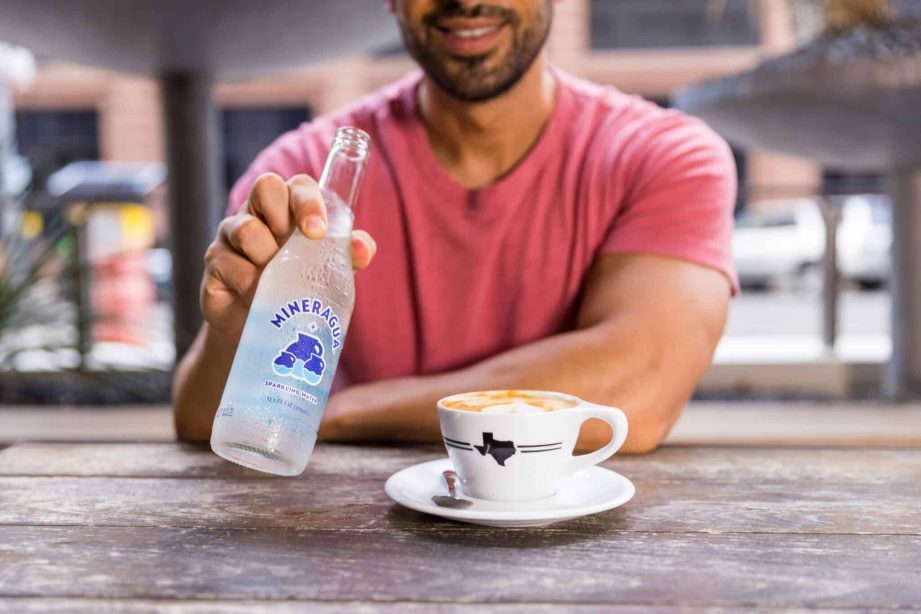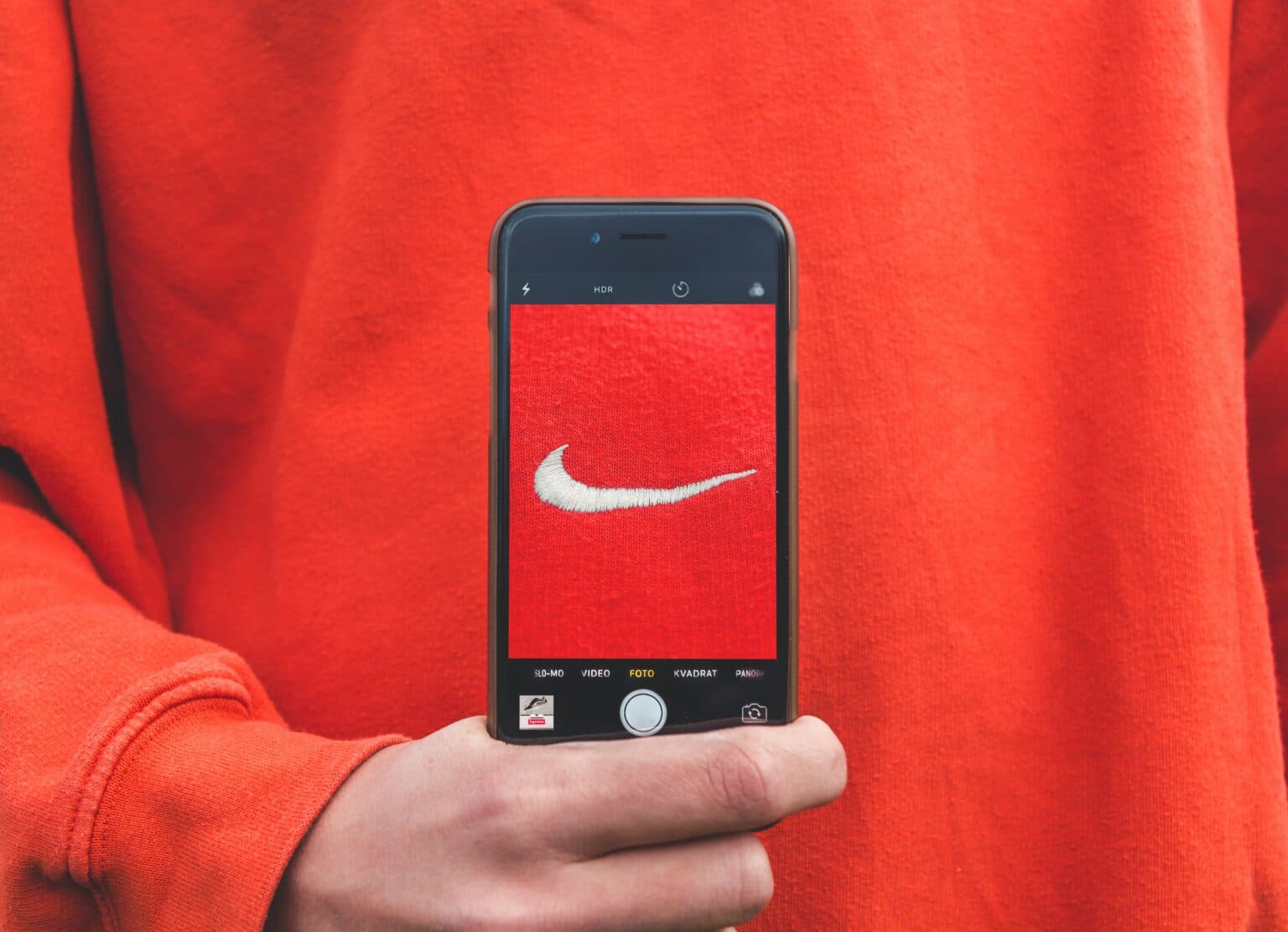Building a Successful UGC Campaign: Tips for Creators
If you’re a creator wondering what goes into building a successful UGC campaign, you’re not alone. Whole marketing departments devote a ton of energy and creativity to just that.
But there are some tips that, in broad strokes, are true for every successful UGC campaign.
By the end of this blog post, you will learn how to build a successful UGC campaign, understand the key elements that drive engagement, and discover actionable tips to encourage your audience to participate. You will also see real-world examples highlighting best practices and innovative approaches to make your UGC campaign stand out. This should help you ask better questions from your clients, or even run your own UGC campaign at some point!
Let’s get started. ⬇️
Understanding the Basics of UGC Campaigns

Before discussing the tips for creating a successful UGC campaign, it’s essential to understand user-generated content and why it matters.
UGC refers to any content—text, videos, images, reviews—created by people rather than brands. This type of content is valuable because it builds trust and authenticity. When potential customers see real people using and enjoying products or services, they are likelier to engage with your brand.
Successful UGC campaigns leverage this trust by encouraging users to share their experiences. This not only increases brand visibility but also creates a community around your products or services. For instance, brands like GoPro and Starbucks have mastered the art of UGC by encouraging customers to share their adventures and coffee moments, respectively. These campaigns often go viral, thanks to the authentic connection they establish with the audience.
One key element of a successful UGC campaign is clear communication. You must clearly outline what you expect from your audience and how they can participate. This includes setting guidelines for the type of content you want to see and providing easy-to-follow instructions on how to submit it. Another important aspect is incentivizing participation through rewards or recognition.
Now that you have a foundational understanding of what makes UGC so powerful let’s dive into actionable tips for building a successful UGC campaign.
1. Set Clear Objectives
The first step in creating a successful UGC campaign is setting clear objectives. What do you hope to achieve with this campaign? Are you looking to increase brand awareness, boost engagement, or drive sales?
Having specific goals will help you measure the success of your campaign and make necessary adjustments along the way. Here’s how to make them clear:
- Define your primary goal: Is it brand awareness, engagement, or conversions?
- Set measurable KPIs: Likes, shares, comments, or direct sales.
- Create a timeline: Specify start and end dates for your campaign.
- Assign responsibilities: Ensure everyone on your team knows their role.
- Budget allocation: Determine how much you’re willing to spend on incentives and promotion.
For example, if your primary goal is to increase brand awareness, you might focus on metrics like social media shares and new followers. If you’re looking to drive sales, tracking conversion rates from user-generated content will be crucial. Setting clear objectives helps you stay focused and ensures that all team members are aligned with the campaign’s goals.
2. Choose the Right Platform

Selecting the right platform for your UGC campaign is crucial for its success. Different platforms cater to different types of content and audiences.
Instagram and TikTok are excellent for visual content like photos and short videos, while Twitter is better suited for text-based interactions. Knowing where your audience spends their time online will help you choose the most effective platform for your campaign.
Here’s a quick reference guide to help you choose the right platform:
- Instagram: Ideal for photos and short videos; great for visual brands.
- TikTok: Perfect for engaging short-form video content; popular among younger audiences.
- Twitter: Best for text-based interactions and real-time updates; good for news and opinions.
- Facebook: Versatile platform suitable for various types of content; broad audience reach.
- YouTube: Excellent for long-form video content; ideal for tutorials and product reviews.
For example, if you’re running a fashion brand, Instagram might be your best bet due to its visual nature and strong community around fashion influencers. On the other hand, if you’re promoting a tech gadget, YouTube could be more effective for detailed reviews and demonstrations. Choosing the right platform ensures that your content reaches the right audience in the most impactful way.
3. Create Engaging Content Prompts
Audiences need inspiration to create engaging user-generated content. Providing specific prompts can help guide them in the right direction while allowing their creativity to shine. Content prompts should be aligned with your campaign objectives and resonate with your target audience’s interests and values.
Here are some ways to inspire your audience to create the content you need:
- Create themed challenges: Encourage users to participate in fun challenges related to your brand.
- Ask questions: Pose questions that prompt thoughtful responses from your audience.
- Share templates: Provide templates or filters that users can easily customize and share.
- Highlight trends: Tap into current trends that align with your brand message.
- Showcase examples: Share examples of high-quality user-generated content as inspiration.
An excellent example of effective content prompts comes from Starbucks’ #RedCupContest. Every holiday season, Starbucks encourages customers to share photos of their festive red cups on social media using this hashtag. The contest not only generates thousands of user-generated posts but also creates a sense of community among Starbucks fans during the holiday season.
4. Offer Incentives

Incentivizing participation is a powerful way to encourage more users to contribute content to your UGC campaign. Rewards can range from small tokens of appreciation like shout-outs on social media to more substantial prizes like gift cards or exclusive experiences. The key is to offer meaningful incentives to your audience without compromising the authenticity of their contributions.
- Shout-outs: Feature user-generated content on your social media channels or website.
- Sweepstakes: Enter participants into a draw for a chance to win exciting prizes.
- Loyalty points: Reward participants with loyalty points they can redeem later.
- Exclusive access: Offer early access to new products or special events as rewards.
- Discount codes: Provide discount codes as a token of appreciation for participation.
A great example comes from GoPro’s annual Million Dollar Challenge. GoPro invites users worldwide to submit their best footage shot on GoPro cameras for a chance to be featured in an official video compilation and win a share of one million dollars. This contest not only drives significant engagement but also showcases GoPro’s products in action through authentic user-generated content.
5. Promote Your Campaign Effectively
No matter how well-planned your UGC campaign is, it won’t succeed if people don’t know about it. Effective promotion is crucial for driving participation and maximizing the impact of your campaign. Utilize multiple channels to reach a broader audience and create buzz around your campaign launch.
As a side note, if a client complains that your UGC isn’t “working,” this might be the piece that’s missing. Feel free to share these promotion tips with them:
- Email marketing: Send personalized emails announcing the campaign to your subscriber list.
- Social media posts: Use eye-catching visuals and compelling copy to promote the campaign across social platforms.
- Influencer partnerships: Collaborate with influencers who align with your brand values to spread the word about your campaign.
- PPC advertising: Invest in paid ads on platforms like Facebook and Instagram to reach a larger audience quickly.
- Website banners: Feature prominent banners on your website promoting the UGC campaign details.
An example worth noting is Coca-Cola’s “Share a Coke” campaign. Coca-Cola promoted this UGC initiative through various channels including TV commercials, social media posts featuring influencers, email newsletters, and point-of-sale displays in stores worldwide. The extensive promotion helped amplify their message globally while encouraging millions of customers worldwide to share personalized Coke bottles online using designated hashtags such as #ShareACoke & #MyNameOnABottle.
The success of Coca-Cola’s “Share A Coke” reinforces how important promotion is when it comes down executing an impactful User Generated Content (UGC) Campaign effectively!
Conclusion
Building A Successful UGC campaign requires careful planning, strategic execution, and insights into what motivates and inspires target audiences. As a creator, you can provide that with your content. Your clients will see even more success if they set clear objectives, choose the right platforms, create engaging prompts, offer incentives, promote campaigns, and effectively follow the tips outlined above.
I hope this article has been helpful to you! Drop any questions you have about building a successful UGC campaign below! ⬇️










